After Cassini: 14 Epic Planetary Science Missions to Get Excited About
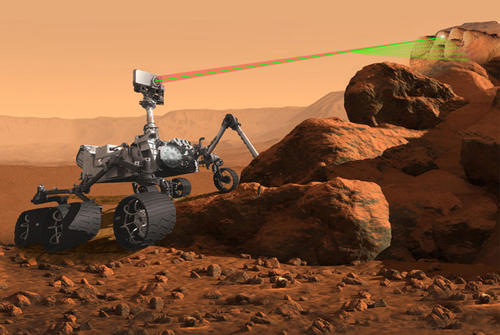
NASA's Cassini spacecraft ended its epic 13-year stint at Saturn on Sept. 15, but there are other upcoming planetary science missions to look forward to.
Currently, there are several active missions (led by NASA as well as other space agencies) exploring planets and other rocky objects in the solar system. For example, the Juno probe is studying Jupiter, and the Curiosity rover is exploring Mars. Looking ahead, NASA is reviewing mission proposals that may include returning to Saturn to search for signs of life on ocean worlds, like the planet's moons Enceladus and Titan. Planned missions to Mars, Mercury, Jupiter and other celestial bodies in our solar system and beyond are also in the works.
Here's a list of some of the orbiters, probes and rovers en route to new destinations or slated to launch in the next few years. [In Photos: Cassini Mission Ends with Epic Dive into Saturn]
Mars 2020
NASA's Mars 2020 rover will search for signs of past microbial life and possibly habitable conditions that may have once existed on the Red Planet. The rover's basic design resembles that of NASA's nuclear-powered Curiosity rover. The Mars 2020 rover will use a drill to collect core samples of rocks and soils, and then examine those samples on a microscopic level to search for biosignatures, or chemicals that could be indicative of ancient life on the Red Planet. (The Mars 2020 drill will probe much deeper into the Martian surface than the drill on Curiosity.) Samples collected by the Mars 2020 rover could potentially be returned to Earth in a future mission.
The rover is expected to launch in July or August of 2020 aboard a United Launch Alliance Atlas V rocket. Three potential landing sites have been selected and include an ancient lake bed called the Jezero crater, the edge of the Syrtis Major volcanoes and a hot-spring site called Columbia Hills. Mission scientists hope that, after it touches down on the Red Planet, the rover will explore the Martian surface for two years. This mission offers a unique opportunity to prepare for future human exploration of Mars, mission team members have said.
InSight
NASA's InSight Mars lander is expected to launch in May 2018 and arrive at the Red Planet in November 2018. The Interior Exploration using Seismic Investigations, Geodesy and Heat Transport (InSight) mission will study the planet's deep interior to gain a better understanding of the processes that helped shaped rocky planets like Mars and Earth.
Once it has landed on the Red Planet, the probe will spend a full Mars year (687 Earth days) surveying its surroundings. (Because it's not a rover, it will have to stay in one spot.) InSight will be equipped with two specialized instruments, allowing it to probe deep beneath the Martian surface and study the planet's internal geologic activity and temperature.
Get the Space.com Newsletter
Breaking space news, the latest updates on rocket launches, skywatching events and more!
ExoMars rover
The European Space Agency (ESA) also has its eye on the Red Planet. The ExoMars rover mission is designed to search for signs of ancient life that may have once existed on Mars. The golf-cart-size rover will be equipped with a drill to collect samples, as well as a panoramic camera system for stereoscopic imaging and ground-penetrating radar to search for ice beneath the Martian surface.
The ExoMars rover is scheduled to launch in the spring of 2020. The rover will reach the Red Planet in 2021, joining the ExoMars Trace Gas Orbiter — the first phase of the ExoMars mission, which launched toward the Red Planet on March 14, 2016.
Europa Clipper
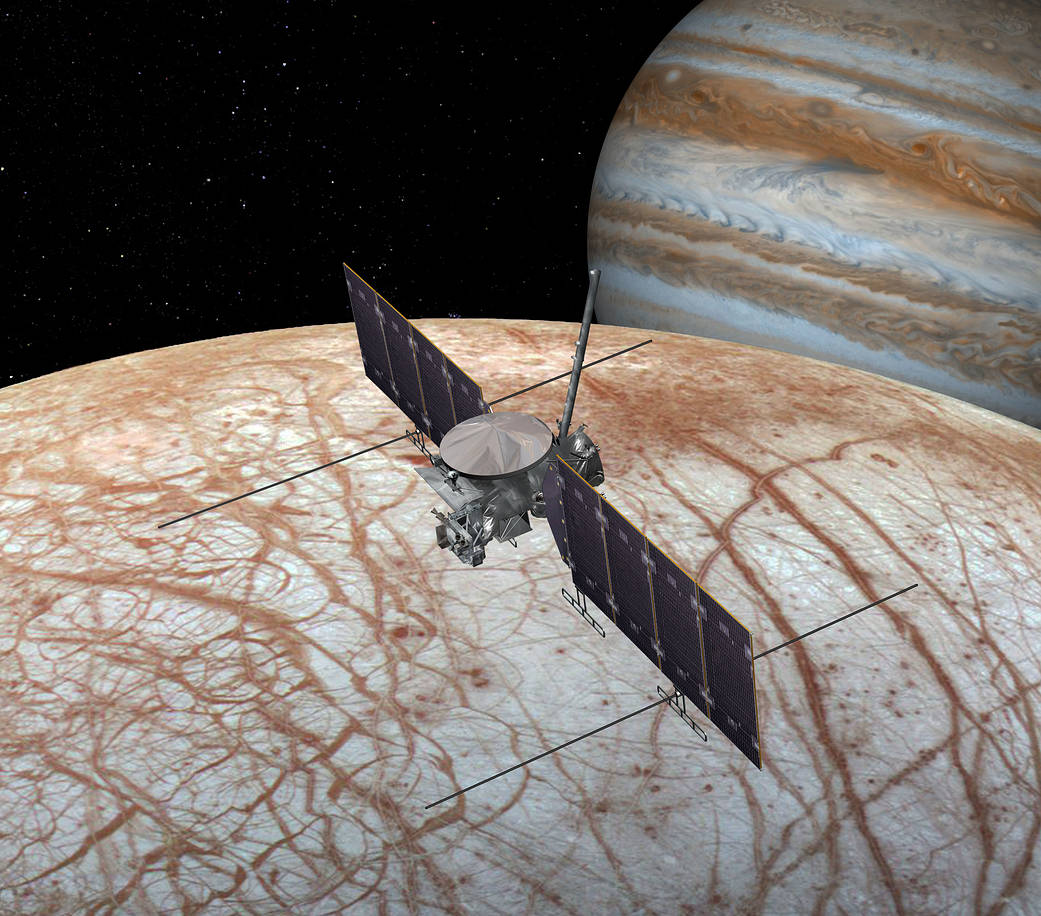
NASA's Europa Clipper mission will study the possibly habitable Jovian moon Europa. The probe is expected to launch in 2022 and later settle into orbit around Jupiter in 2025. The solar-powered spacecraft will perform about 40 flybys of Europa to learn more about the ocean of liquid water that lies beneath the moon's icy crust and perhaps determine if it is capable of supporting life as we know it on Earth.
Jupiter Icy Moons Explorer
ESA is also planning a mission to Jupiter in 2022. However, the Jupiter Icy Moons Explorer, also known as JUICE, won't arrive at the Jovian giant until 2029. JUICE will study Jupiter's atmosphere and magnetic environment, and it will also investigate three of the planet's Galilean moons: Europa, Callisto and Ganymede.
BepiColombo
ESA and the Japanese Aerospace Exploration Agency (JAXA) plan to launch a joint mission to Mercury in October 2018. The mission includes a carrier spacecraft called the Mercury Transfer Module (MTM) — which supplies electrical power during interplanetary cruising — and two separate orbiters: Europe's Mercury Planet Orbiter and Japan's Mercury Magnetospheric Orbiter.
The spacecraft will take about seven years to get into orbit around Mercury, using several gravity assists from Earth and Venus. The mission is designed to investigate how Mercury formed so close to a parent star, and to take a closer look at the planet's interior structure, geology, composition and magnetic field.
Parker Solar Probe
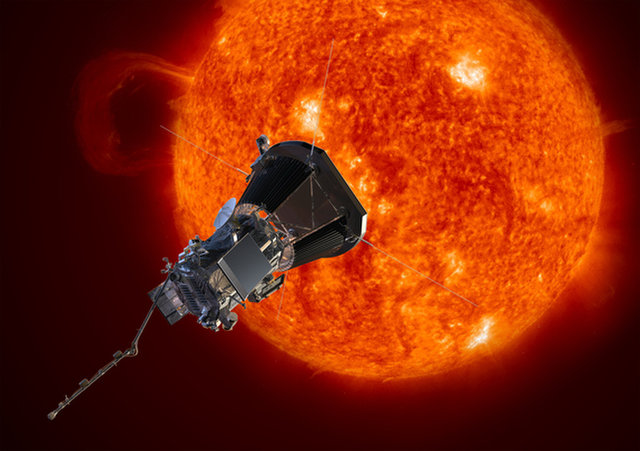
NASA's Parker Solar Probe, which is scheduled to launch on July 31, 2018, will travel closer to the sun than any spacecraft in history. The mission will perform 24 close flybys of the sun — some of which will bring the spacecraft within just 3.9 million miles (6.2 million kilometers) of the solar surface.
From this unique vantage point, the probe will be able to measure the sun's electric and magnetic fields, photograph the solar structure and study the solar wind. These findings could help astronomers answer questions about the sun's perplexing outer atmosphere, also known as the corona, and other long-standing mysteries.
Chang'e 5
China is planning to launch a sample-return mission to the moon at the end of November 2017. The mission, called Chang'e 5, will be the first to return lunar material to Earth in more than 40 years. The spacecraft will include an orbiter, a lander, an ascender and an Earth re-entry module. Chang'e 5 is one in a series of China's moon exploration missions, which also include Chang'e 4 — a lunar probe set to launch around 2018 and make the first-ever soft landing on the farside of the moon.
Google Lunar X Prize
The Google Lunar X Prize is an international challenge to land a robot on the lunar surface, have it travel at least 1,650 feet (500 meters), and send high-definition photos and videos back to Earth. There are five teams still competing for the $30 million prize: Florida-based Moon Express, Israel's SpaceIL, Japan's Hakuto, India-based TeamIndus and the international collaboration Synergy Moon. To qualify for the Lunar X Prize, teams must complete their lunar missions by March 31, 2018.
OSIRIS-REx
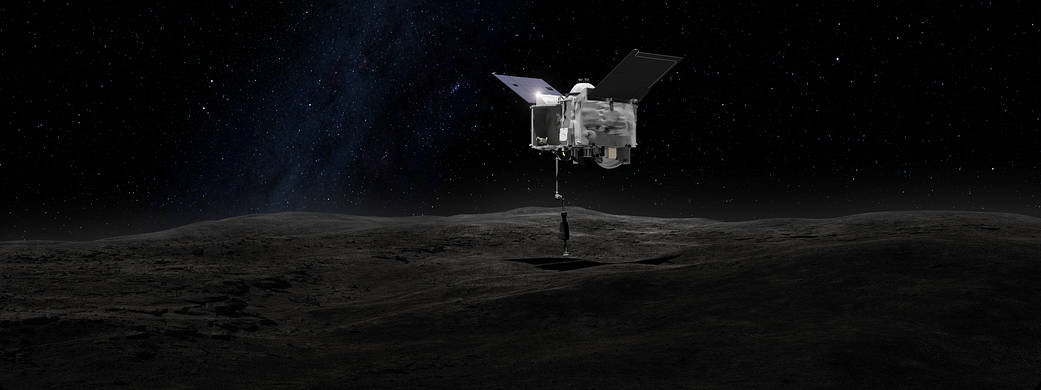
NASA's OSIRIS-REx (short for Origins, Spectral Interpretation, Resource Identification, Security-Regolith Explorer) mission will study the near-Earth asteroid Bennu. The mission launched on Sept. 8, 2016, and is slated to arrive at Bennu in 2018.
OSIRIS-REx will spend approximately two years studying the rocky body in great detail, before collecting a sample to bring home to Earth. Asteroids are leftovers from the formation of planets and carry blueprints of the early solar system. Samples collected from Bennu will therefore help astronomers learn more about the evolution of our solar system and how planets formed. If all goes according to plan, OSIRIS-REx will return to Earth in 2023, marking the first U.S. asteroid sample-return mission.
Hayabusa2
JAXA's Hayabusa2 mission is another asteroid-sampling mission en route to its target destination. The spacecraft launched on Dec. 2, 2014, and is expected to arrive at asteroid 162173 Ryugu in 2018. Hayabusa2 follows JAXA's historic 2003 Hayabusa mission, which brought the first pristine samples of an asteroid to Earth in 2010.
This time around, the mission will land a small probe on the surface of the asteroid, as well as a pair of rovers for exploring the asteroid's surface. Hayabusa2 will spend a year studying the asteroid before collecting samples to return to Earth in December 2020.
Psyche
NASA's Psyche mission will launch in 2022 to study a bizarre metal asteroid up close. The asteroid, called 16 Psyche, is located in the belt between Mars and Jupiter. Whereas most asteroids are made of rock, Psyche is composed of metallic iron and nickel — the same material found in Earth's core. It's the only known object of its kind in the solar system, leading astronomers to believe that the asteroid is the remnant of what was once a protoplanet in the early solar system. Therefore, learning more about this asteroid will help scientists better understand the cores of Earth, Mars, Mercury and Venus.
New Horizons
NASA's New Horizons probe visited Pluto in July 2015, completing a nearly decade-long journey to the distant dwarf planet. The mission provided the first-ever up-close view of Pluto, revealing new details about its icy surface and largest moon, Charon.
Since accomplishing this amazing feat, the probe is still going strong and is set on a new object deeper in the Kuiper Belt, located approximately 1 billion miles (1.6 billion km) beyond Pluto. On Jan. 1, 2019, the spacecraft will fly within just 2,175 miles (3,500 kilometers) of the distant object called 2014 MU69, allowing the probe to study the rocky body up close. This ancient object is also expected to help paint a clearer picture of what the early solar system was like.
Voyager
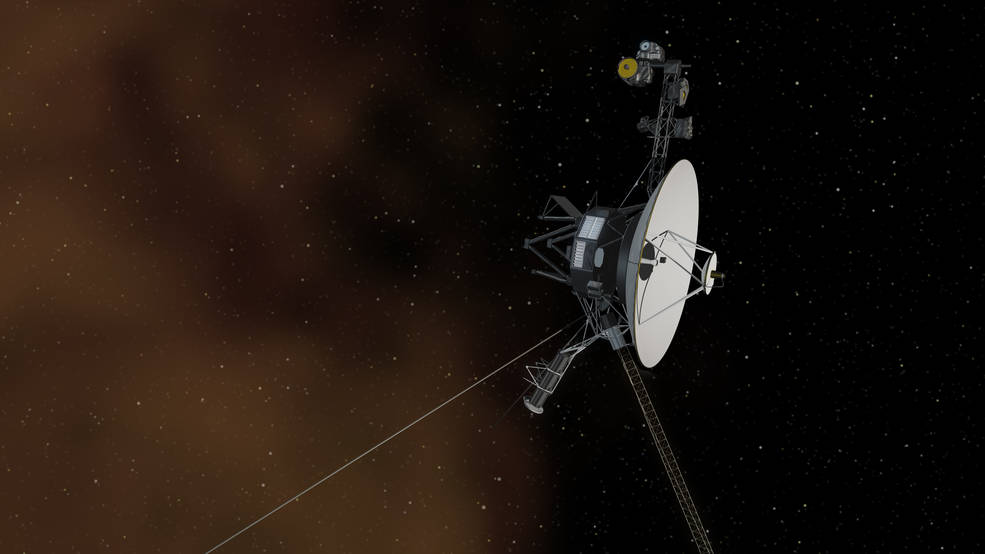
This year, NASA's historic Voyager mission celebrated 40 years in space, and it's not ready to quit anytime soon. The twin spacecraft launched two weeks apart in 1977 — Voyager 2 on Aug. 20 and Voyager 1 on Sept. 5 — with an initial goal to study the planets and explore the outer solar system.
Over the course of the mission, the Voyager probes have captured up-close views of Jupiter, Saturn, Uranus, Neptune and many of the moons of these giant planets. In August 2012, Voyager 1 became the first spacecraft ever to reach interstellar space, and Voyager 2 is currently flying through the bubble of solar material that marks the boundary between the solar system and interstellar space.
Follow Samantha Mathewson @Sam_Ashley13. Follow us @Spacedotcom, Facebook and Google+. Original article on Space.com.
Join our Space Forums to keep talking space on the latest missions, night sky and more! And if you have a news tip, correction or comment, let us know at: community@space.com.

Samantha Mathewson joined Space.com as an intern in the summer of 2016. She received a B.A. in Journalism and Environmental Science at the University of New Haven, in Connecticut. Previously, her work has been published in Nature World News. When not writing or reading about science, Samantha enjoys traveling to new places and taking photos! You can follow her on Twitter @Sam_Ashley13.









